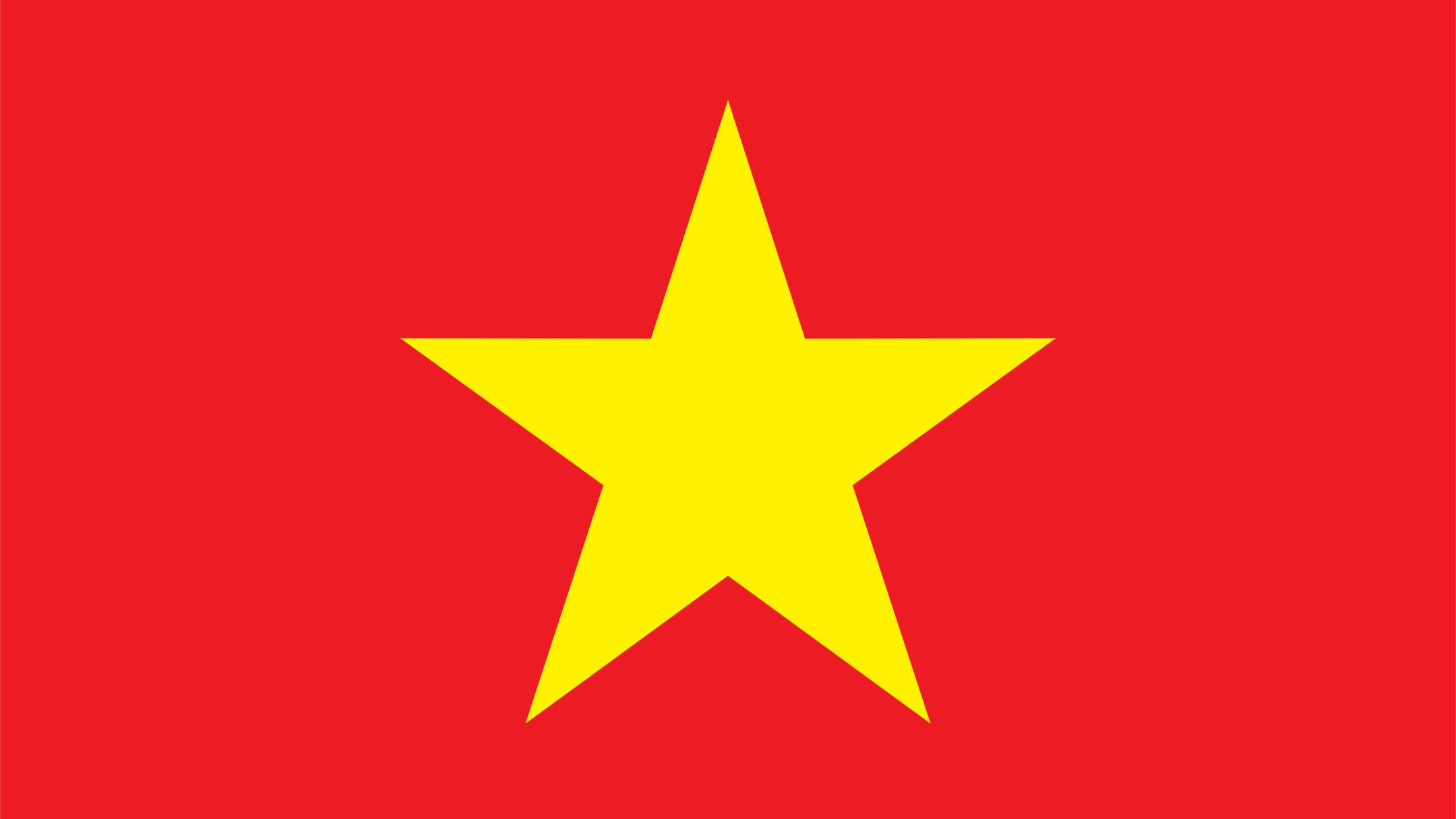Vietnamese Translation

Vietnamese Translation and Localization
TrueLanguage offers timely, precise Vietnamese translation and localization services. We can handle virtually any type of translation project. Our team of professional linguists includes native speakers of Vietnamese and certified subject matter experts who can perfectly translate material following your exact specifications. We use cutting-edge translation and project management tools and follow ISO 9001 standards, guaranteeing efficient, high-quality, and authentic results.
từ tiếng Anh sang tiếng Việt
Language Facts and Information
Vietnamese Snapshot
Vietnamese is an Austroasiatic language spoken by around 95 million people worldwide, primarily in Vietnam, where it is the national language. It is a tonal language meaning a word’s meaning can change depending on tone. It also has complex vowel sounds and grammar rules that challenge non-native speakers. Despite its rich cultural history, Vietnamese is used in various contexts, from literature and poetry to music and film.
Vietnamese Facts and Trivia
Where it’s Spoken
Vietnamese is primarily spoken in Vietnam, which is located in Southeast Asia. It is the national and official language of Vietnam, and it is said by most of the country’s population, around 95 million people. However, Vietnamese is also spoken by Vietnamese communities living in other countries, particularly in neighboring countries such as Cambodia and Laos. Additionally, there are significant Vietnamese communities in the United States, Canada, France, and Australia, among others, where Vietnamese is also spoken.
Global Statistics
The Vietnamese language is a linguistic marvel with a unique tonal system that comprises six distinct tones, each with the power to transform the meaning of a word. These tones are symbolized by diacritical marks that elegantly hover above or below the vowels, imbuing them with a musical quality that is both lyrical and enchanting. The written form of Vietnamese is equally captivating, utilizing the Latin alphabet with exquisite diacritical marks that not only represent tones but also convey the richness of phonetic sounds. The genesis of this writing system can be traced back to the 17th century, when Roman Catholicism first arrived in Vietnam, bringing with it an innovative method of writing that the entire nation has since embraced.
Despite its uniqueness, Vietnamese is a language that has willingly been borrowed from others, notably Chinese, French, and English. As a result, Vietnamese has become a mosaic of culture and history through this fusion of influences, with each borrowed word offering a fascinating glimpse into the language’s dynamic evolution. Moreover, Vietnamese has been more than a mere borrower, as it has also lent its lexicon to other languages, including Japanese and Korean, leaving a lasting impression on the linguistic tapestry of the world.
Impact of Vietnamese Worldwide
The Vietnamese language has had a significant impact on various fields worldwide. In terms of diplomacy, Vietnamese is the official language of Vietnam and is used in official documents, meetings, and communication. It is also used in international diplomacy, with Vietnam being a member of ASEAN, the United Nations, and other international organizations. In business, Vietnam has emerged as an essential economic player in Southeast Asia, and Vietnamese language skills can be valuable for those doing business there. Vietnamese cuisine and culture have gained popularity worldwide, with dishes like pho and banh mi becoming popular in many countries. Vietnamese authors like Nguyễn Du and Bảo Ninh have gained international recognition in literature. Vietnamese cinema has also made its mark on the global stage with films like “The Scent of Green Papaya” and “Cyclo.” The Vietnamese language and culture have significantly impacted various aspects of a global society.
Regional Variations
The various dialect regions of the Vietnamese language are distinguished by differences primarily in their sound systems, as well as in their vocabulary and grammar. The Central and North-Central varieties, in particular, exhibit notable differences in vocabulary, which can make mutual intelligibility with Northern and Southern speakers more challenging. The Southern region, settled by Vietnamese speakers in the late 15th century, has less internal variation compared to other regions. The North-Central region is considered relatively conservative, as its pronunciation has not diverged significantly from Vietnamese orthography, unlike other varieties, which tend to merge certain sounds. While regional variation has been reduced in coastal areas, more mountainous regions preserve greater linguistic diversity.
Origin and History
The Vietnamese language has a long and complex history that can be traced back over two thousand years. Vietnamese is a member of the Austroasiatic language family, which includes languages spoken in Southeast Asia and parts of South Asia. The earliest known form of Vietnamese was a group of dialects spoken by the Lac Viet people in northern Vietnam during the first millennium BCE. Over time, these dialects merged and evolved into what is now known as Middle Vietnamese, which was spoken between the 10th and 18th centuries CE. Middle Vietnamese was heavily influenced by Chinese, the dominant language in Vietnam during this time. In the 19th century, efforts were made to modernize the Vietnamese language and make it more accessible to the general population. These efforts included creating a new writing system based on the Latin alphabet, replacing Chinese characters.
Summary
Since the Vietnamese language constantly evolves, you must have informed and highly experienced professional linguists to produce accurate and culturally appropriate translations. At present, Vietnamese features approximately 100,000 and adopts numerous new words each year. Will you need a Vietnamese translation that will easily be understood in all regions where the language is spoken? Or do you rather require a regionally specific translation? Select either our TrueGlobal or LocalVoice approach as appropriate.
Consider a Partnership with TrueLanguage
Are you looking for a partnership with a language service provider? If so, you may wish to consider TrueLanguage. We offer ISO-Certified state-of-the-art business translation services that are on budget, on time, and to your exact specification. Every time. Or perhaps you’re just looking for a cost-free, no-obligation estimate for your next translation project. Either way, we’d love to hear from you!


